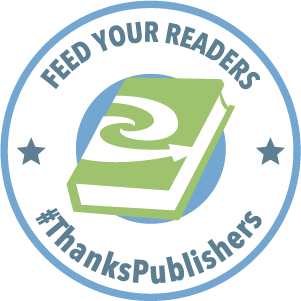The capital-A Automatons of Greco-Roman myth aren’t clockwork. Their design is much more divine. They’re more intricate than robots or androids or anything else mortal humans could invent. Their windup keys are their human Masters. They aren’t mindless; they have infinite storage space. And, because they have more than one form, they’re more versatile and portable than, say, your cell phone—and much more useful too. The only thing these god-forged beings share in common with those lowercase-A automatons is their pre-programmed existence. They have a function—a function their creator put into place—a function that was questionable from the start…
Odys (no, not short for Odysseus, thank you) finds his hermetic lifestyle falling apart after a stranger commits suicide to free his soul-attached Automaton slave. The humanoid Automaton uses Odys’s soul to “reactivate” herself. Odys must learn to accept that the female Automaton is an extension of his body—that they are the same person—and that her creator-god is forging a new purpose for all with Automatons…
The novel calls itself a “Prose Epic,” but is otherwise a purposeful implosion of literary clichés and gimmicks: A Narrator and an Editor (named Gabbler) frame the novel. Gabbler’s pompous commentary (as footnotes) on the nameless Narrator’s story grounds the novel in reality. Gabbler is a stereotypical academic who likes the story only for its so-called “literary” qualities, but otherwise contradicts the Narrator’s claim that the story is true.
THE AUTOMATION is a this-world fantasy that reboots mythical characters and alchemical concepts. Its ideal place would be on the same bookshelf as Wilson’s ALIF THE UNSEEN and Gaiman’s AMERICAN GODS—though it wouldn’t mind bookending Homer, Virgil, and Milton, to be specific.
And, yes, “B.L.A. and G.B. Gabbler” are really just a pen name.
Thanks to the author for providing this review copy!
THE AUTOMATION will polarize its readers. Those who expect their books to deliver a story with a plot, who enjoy stories and plots, and who believe that novels ought to be constructed of stories and plots – those people will be repelled by THE AUTOMATION. Yes, the book does have a story to tell. There are plot lines. However, the plot lines are layered on top of one-another, and not side-by-side. The “author” is an unreliable narrator named B.L.A.. The story B.L.A. tells is contradicted throughout by annotations provided by an editor named “GB Gabbler,” who invites the reader to doubt the truthfulness of B.L.A.’s story with annotations that correct B.L.A.’s statements. GB often invites the reader to interpret the elements of the story as allegory, as symbolism, as anything but literal.
The two editorial forces at work in this title (both, for clarity’s sake, produced by the same anonymous author), will quickly leave many readers confused. Some will complain that they’ve read 100 pages, and not knowing what the facts are, can’t follow the story. The story itself, however, is not really the point. Just as the automaton around which the story revolves hoists an unfair responsibility on its human, and complicates its human’s ability to reckon with his own identity by complicating his ability to make an account of himself, the editorial voice in THE AUTOMATION hoists the very same responsibility upon its storytelling voice. B.L.A. could not share this story but for the existence of the editor, but this dependence complicates the very act of constructing that story. What the deity is for the humans and their automata, you become for the author and editor.
The point is not for you to enjoy a story. The point is for you to come out the other end of this book finding yourself in a unique position to consider questions about the ethics of editorial authority, the ethics of literary criticism, and the deep connection between our identities and our ability to make an account of our existence, and how that accounting is at the mercy of influences outside of our control. The allegory of author and editor, which asks you to consider that the story itself may be only an allegory, is itself the allegory.
As I suggested before, this book will not be a way for your mind to escape from the rigors of life. If taken seriously, it will thrust your mind more deeply into them, and then far below them, down to where lots of uncomfortable questions linger. The anonymous author leaves it to the reader to answer them.
Want your own copy? You can pick it up [easyazon_link identifier=”0692259716″ locale=”US” nw=”y” tag=”gimmethatbook-20″]here/easyazon_link].














Recent Comments